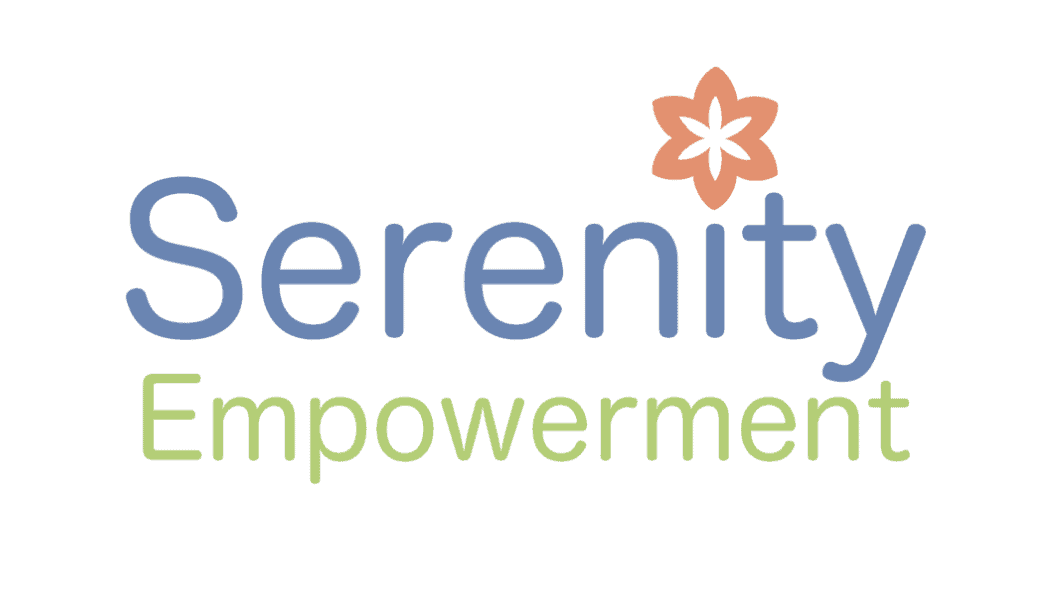The process of connecting with others can often feel overwhelming and confusing. As we navigate our individual paths of growth and healing, the desire for genuine connection can sometimes lead to distress. This confusion stems from the intricate layers of energy dynamics at play in our interactions and the challenge of being truly vulnerable.
The Energy of Connection
Every interaction we have is charged with energy. When we attempt to connect with others, we engage in an exchange of this energy, which can magnify feelings of uncertainty. Misalignments and misunderstandings can arise, overshadowing our true intentions and creating barriers. For those who are empathic or sensitive to energies, the confusion can feel even more pronounced. We may find ourselves absorbing not only our own feelings but also those of others, leading to emotional overwhelm.
The Importance of Authenticity
To foster meaningful connections, it is essential to cultivate authenticity. When we show up as our true selves, we create a safe space not only for ourselves but also for others. Authenticity often requires vulnerability, a willingness to expose our true feelings, fears, and aspirations. This openness can dissolve the energetic walls we’ve built over time, allowing for more genuine interactions.
The act of being vulnerable is a form of energetic release. It invites clarity and a deeper understanding of ourselves and others. When we express our genuine selves, we project an energy of trust and safety that others can resonate with, creating a strong foundation for meaningful connections.
Trustworthy Leadership through Vulnerability
In every group or community, there exist individuals who naturally embody trustworthy leadership. These leaders are often those who have embraced their vulnerabilities and showcased their authentic selves. When leaders allow themselves to be seen—flaws and all—they invite others to do the same. This reciprocity is key to alleviating distress within any collective.
Trustworthy leadership is not about perfection but rather about transparency and connection. Leaders who share their struggles and lessons foster an environment ripe for healing and growth. Their willingness to embrace vulnerability encourages others to voice their own concerns and feelings, breaking down the walls of confusion that can plague our interactions.
Finding Your Path to Connection
To navigate the confusion of connection, consider the following strategies:
- Practice Self-awareness: Regularly check in with your feelings and energies. Recognize what you are experiencing and how it might affect your interactions.
- Embrace Vulnerability: Allow yourself to share your authentic emotions with others. This openness can serve as a powerful invitation for them to do the same.
- Seek Like-minded Communities: Surround yourself with those who value authenticity and are on similar healing journeys. This creates a supportive network where trustworthy leaders can emerge.
- Engage in Energy Healing Practices: Techniques like meditation, Reiki, or breathwork can help you clear emotional blocks and enhance your ability to connect with others energetically.
- Trust the Process: Connection, like healing, takes time. Be patient with yourself and others as you navigate the complexities of relationships.
Conclusion
The journey of connecting with others is a profound aspect of our healing experiences. By allowing ourselves to show up authentically and vulnerably, we create opportunities for meaningful relationships and the emergence of trustworthy leadership. In embracing our true selves, we not only heal but also contribute to the collective healing of those around us, alleviating the confusion and distress that often accompany our attempts to connect. Let us step into this space of authenticity, fostering connections that are grounded in trust, understanding, and compassion.

